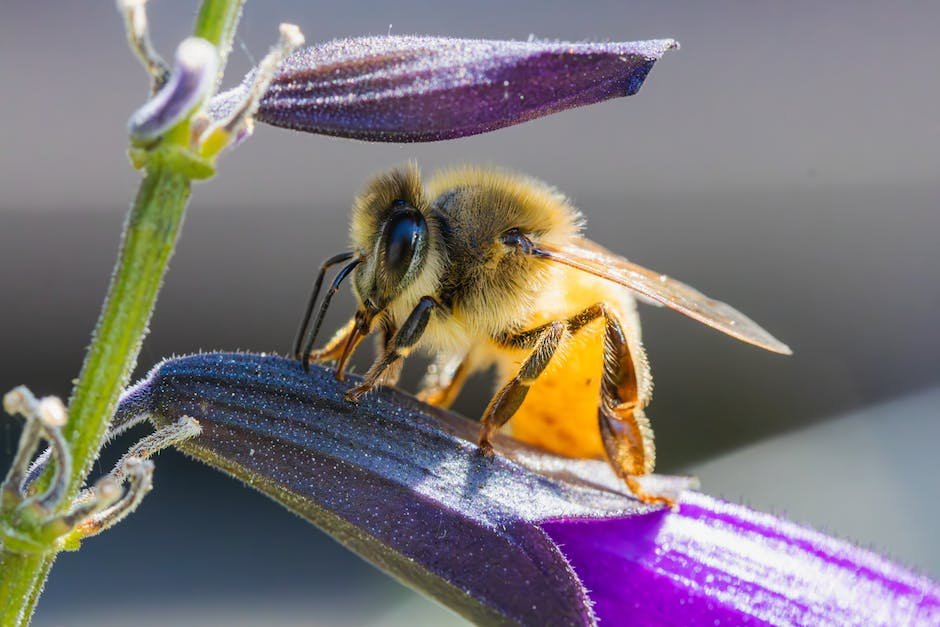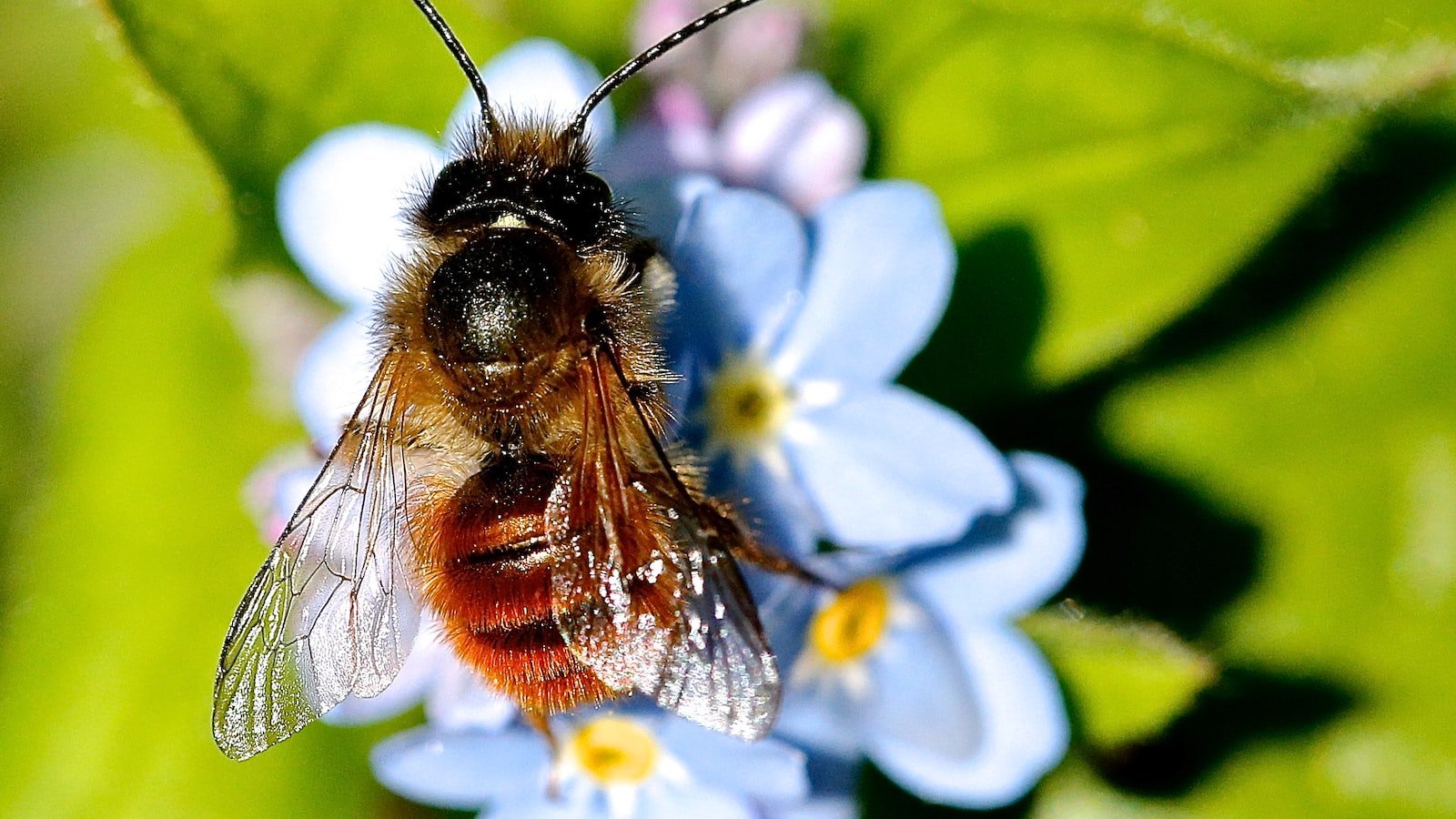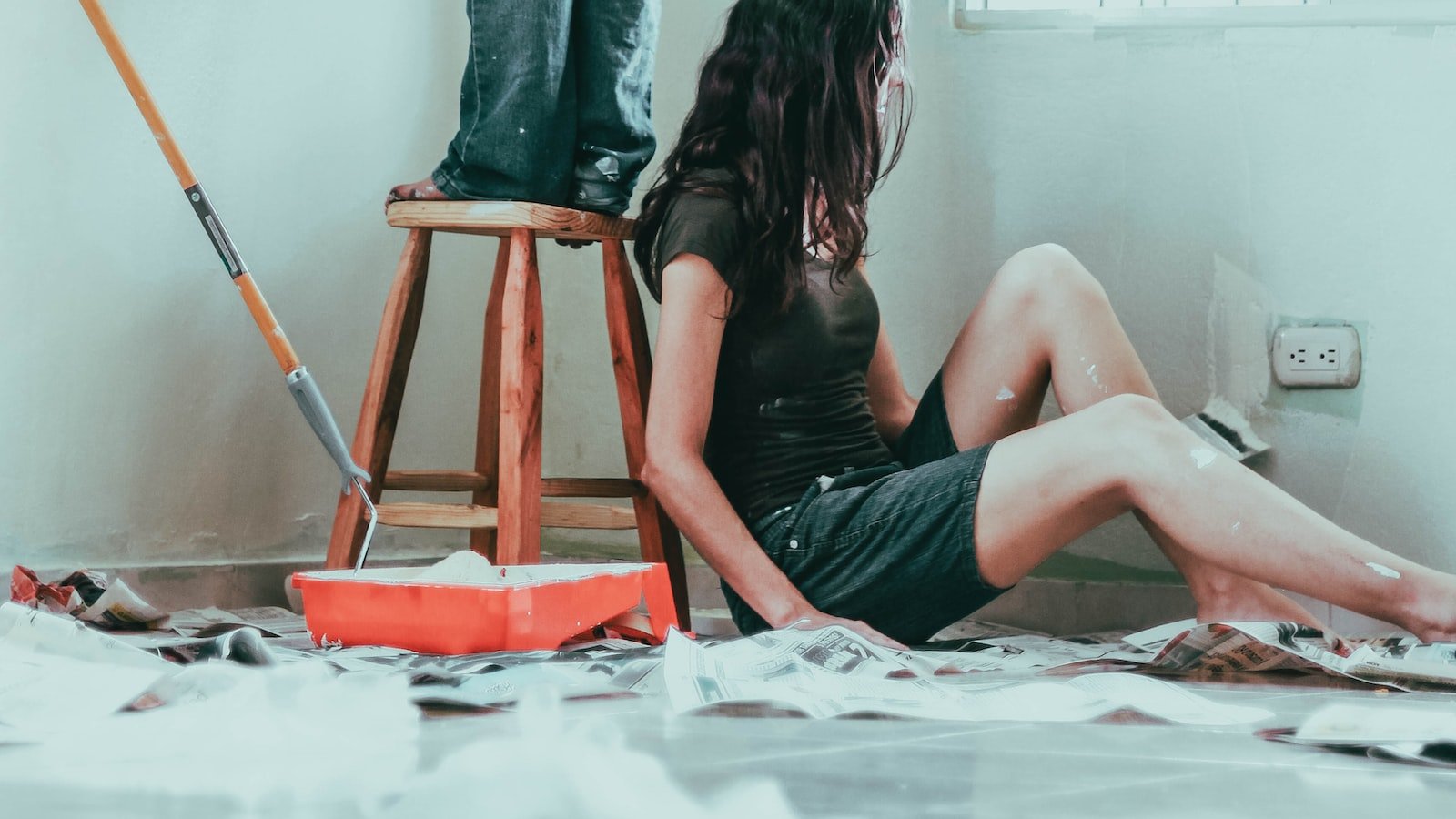As the sun’s warmth envelops the vibrant landscapes around us, an enchanting hum echoes through the air, beckoning us to witness nature’s most diligent workers in action: the honeybees. These fascinating creatures tirelessly flit from flower to flower, collecting nectar and pollen to sustain their colony. Yet, we must not forget that amidst the beauty and harmony of their intricate dance, our buzzing companions sometimes require a helping hand. Today, we embark on an adventure to discover how we can craft our own bee feeders and waterers, ensuring these essential pollinators are well-nourished, hydrated, and given a sweet gesture of gratitude for their vital role in our ecosystem. So, let your creativity take flight as we delve into the realm of DIY bee feeding solutions!
Table of Contents
- Crafting Bee Feeders and Waterers: A Step-by-Step Guide to Nourish and Hydrate Your Hive
- Design Considerations: Selecting the Perfect Bee Feeder and Waterer for Optimal Results
- cost-effective-solutions-to-sustain-your-honeybees”>DIY Bee Feeder: Simple and Cost-effective Solutions to Sustain your Honeybees
- Water Sources for Bees: Creating Accessible and Safe Drinking Stations
- Enhancing Bee Health: Tips for Maintaining and Monitoring Your Bee Feeders and Waterers
- Q&A
- To Conclude

Crafting Bee Feeders and Waterers: A Step-by-Step Guide to Nourish and Hydrate Your Hive
Crafting Bee Feeders and Waterers
In order to ensure the health and productivity of your hive, proper nourishment and hydration are essential for your buzzing friends. Crafting your own bee feeders and waterers is a simple and cost-effective way to provide them with the sustenance they need. With this step-by-step guide, you’ll be able to create functional and attractive feeding stations that will keep your bees happy and thriving.
Materials needed:
- Plastic containers with lids (Mason jars or water bottles work well)
- Paint (non-toxic and UV-resistant)
- Barbecue skewers or wooden dowels
- Sugar water or honey syrup
- Water
- Scissors or drill
Step 1: Preparing the containers
Start by thoroughly cleaning your plastic containers and ensuring they are completely dry. Use scissors or a drill to create small holes in the lid of each container. These holes will allow the bees to access the food and water, but they should be small enough to prevent drowning.
Step 2: Painting the containers
Add a touch of creativity to your bee feeders and waterers by painting the containers in vibrant colors. Be sure to select non-toxic and UV-resistant paint to avoid any harm to your buzzing companions. Allow the paint to dry completely before moving on to the next step.
Step 3: Assembling the feeders and waterers
Thread a barbecue skewer or wooden dowel through the holes in the container lids. This will serve as a perch for the bees while they feed. Fill one container with sugar water or honey syrup to provide them with a nourishing meal. Fill another container with fresh water to keep them hydrated. Secure the lids tightly to prevent any leaks.
With your homemade bee feeders and waterers in place, your hive will have access to the sustenance they need to flourish. Keep an eye on the containers and replenish the food and water as needed. Your dedication to their well-being will surely be rewarded with healthy pollinators and a bountiful honey harvest.

Design Considerations: Selecting the Perfect Bee Feeder and Waterer for Optimal Results
When it comes to providing the bees with the essential nourishment they need, selecting the right feeder and waterer is crucial for their well-being and productivity. Here are some design considerations to keep in mind when choosing the perfect equipment to ensure optimal results:
1. Bee Behavior: Understanding the behavior of bees is key to selecting the right feeder and waterer. Bees are highly sensitive to changes in their surroundings, so it’s important to choose equipment that minimizes disruption to their natural behavior patterns. Opt for feeders and waterers that mimic natural sources, such as flowers or puddles, to attract bees without causing undue stress.
2. Capacity and Accessibility: Bees require a constant supply of food and water, especially during times of limited natural resources. Consider choosing feeders and waterers with sufficient capacity to accommodate the needs of your colony. Additionally, accessibility is vital to ensure that bees can easily reach the nourishment. Look for equipment with strategically placed entry points and landing areas to allow bees easy access, reducing the risk of drowning or exhaustion.
3. Materials and Construction: The choice of materials and construction of your bee feeder and waterer can greatly impact their durability and effectiveness. Opt for high-quality, food-grade materials that are non-toxic and safe for bees. UV-resistant plastics or glass are popular choices as they don’t degrade quickly under sun exposure. Additionally, consider equipment with removable parts and easy-to-clean features to maintain hygiene and prevent the spread of diseases within your colony.
By considering these design considerations and selecting the perfect bee feeder and waterer, you can ensure that your bees have access to the vital resources they need for optimal health and productivity. Remember, supporting the well-being of these incredible pollinators is not only beneficial to their survival but also to the overall health of our environment.
DIY Bee Feeder: Simple and Cost-effective Solutions to Sustain your Honeybees
Looking to provide your honeybees with a reliable and inexpensive food source? Look no further! We’ve got you covered with these DIY bee feeder solutions that are not only simple to make but also cost-effective.
Pail Feeder
Transform a regular plastic pail into a convenient feeding station for your honeybees. Here’s how:
- Drill several small holes near the bottom of the pail to allow easy access for the bees.
- Fill the pail with a sugar syrup solution, made by dissolving one part sugar in one part warm water.
- Place the pail upside down on an elevated platform near your beehive, ensuring the holes are not blocked.
The bees will be able to feed on the syrup solution through the holes, providing them with the nourishment they need to thrive.
Mason Jar Feeder
If you’re looking for a compact and visually appealing feeder, a mason jar feeder is the way to go. Here’s how to create one:
- Take a mason jar and punch several small holes in the lid using a nail and hammer.
- Fill the jar with the sugar syrup solution, leaving some space at the top to prevent overflow.
- Screw the lid back onto the jar tightly.
- Turn the jar upside down on an inverted cover (e.g., an empty plastic container lid) with a small hole in the center to allow the bees access to the syrup.
Your honeybees will appreciate this elegant and efficient feeding option that also adds a touch of charm to your beekeeping setup.
With these DIY bee feeder solutions, you can ensure that your honeybees have a steady and sustainable food source while keeping costs low. Happy beekeeping!
Water Sources for Bees: Creating Accessible and Safe Drinking Stations
When it comes to supporting our pollinating friends, bees, it’s important to ensure they have a clean and accessible source of water. Providing bees with a reliable water station not only promotes their well-being but also enhances their contribution to our ecosystem. Here are some creative ways to create accessible and safe drinking stations for bees:
- Shallow Containers: Bees need shallow water sources, as they are not strong swimmers. Placing shallow dishes or bowls filled with water in your garden will give them a safe place to land and drink.
- Water Features: Consider adding a small water feature to your garden, such as a fountain or a dripper. The gentle sound of flowing water will attract bees and provide them with a constant water supply.
- Floral Landing Pads: Enhance the appeal of your water station by adding floating plants or petals to create landing pads for bees. This will make it easier for them to access the water while also beautifying the area.
Remember, it’s crucial to keep the water sources clean to prevent the spread of diseases among bees. Regularly change the water and clean the containers to ensure their safety. By creating accessible and safe drinking stations, we can play a small but significant role in supporting the wellbeing of our buzzing buddies.
Enhancing Bee Health: Tips for Maintaining and Monitoring Your Bee Feeders and Waterers
Bee feeders and waterers play a crucial role in ensuring the overall health and well-being of your precious pollinators. By taking some simple steps to maintain and monitor these essential resources, you can support your bees in thriving and contributing to a thriving ecosystem. Here are some valuable tips to consider:
- Regular Cleaning: Cleanliness is key for bee feeders and waterers. It is essential to regularly clean and sanitize these containers to avoid the growth of harmful bacteria, molds, or parasites. Use a mild solution of bleach diluted in water to ensure thorough cleaning, followed by rinsing and air-drying before refilling.
- Providing Fresh Water: Bees need fresh, clean water to stay hydrated and maintain optimal health. Consider placing shallow water sources near their hives, such as birdbaths or small containers filled with water and stones for them to rest on. Ensure you refill these water sources regularly to prevent stagnation.
- Monitoring Food Supply: It’s vital to monitor the quantity and quality of the food provided to your bees, especially during periods of low nectar and pollen availability. Make sure to regularly inspect and replenish sugar syrup or pollen substitutes to meet their nutritional needs, which may vary throughout the seasons.
- Protection against Pests: Bee feeders can sometimes attract unwanted visitors like ants, wasps, or other opportunistic insects. Implement deterrents like water moats or sticky barriers to keep these pests away from your bee feeders. Additionally, consider installing bee feeders with built-in mechanisms to restrict access to larger predators or birds.
By following these tips and incorporating regular maintenance and monitoring practices, you can contribute to the thriving health of your bee colony. Providing clean feeders and waterers, along with monitoring the availability and quality of their food sources, will greatly enhance bee health and ultimately support their critical role as pollinators in our ecosystem.
Q&A
Q: How can I make my own bee feeder?
A: Creating your own bee feeder is simple! All you need is a clean jar, some twine, and a piece of sponge. Fill the jar with a mixture of water and sugar, attach the sponge to the lid and secure it with twine. Hang the feeder outdoors, and watch as the bees enjoy their sweet treat!
Q: What kind of sugar should I use in the bee feeder?
A: It is recommended to use white granulated sugar to make the bee feeder. Avoid using honey or brown sugar, as their natural impurities may be harmful to the bees. Pure white granulated sugar dissolves easily and provides the necessary energy for the bees.
Q: How often should I refill the bee feeder?
A: It is essential to regularly refill the bee feeder to ensure a constant supply of food for the bees. Depending on the weather and the number of bees visiting, you may need to refill it every few days. Check the feeder daily to monitor the sugar solution level.
Q: Can I use any jar for the bee feeder?
A: Any clean glass jar with a lid can be used as a bee feeder. However, it is best to choose a jar with a wide opening to allow easy access for the bees. Ensure that the jar is thoroughly cleaned before assembling the feeder to avoid any contamination.
Q: How can I create a water source for the bees?
A: Making a water source for bees is also uncomplicated. Fill a shallow container with clean water, place rocks or pebbles in it to provide a safe landing spot for the bees, and ensure these rocks are partially submerged. Position the waterer in your garden, and the bees will appreciate the accessible water supply.
Q: Should I add any additives to the bee waterer?
A: No, it is important to keep the bee waterer simple and free from additives. Bees require clean, fresh water for hydration, and any additives, such as sugar or chemicals, have the potential to harm them. Providing clean water from a safe source is all that the bees need.
To Conclude
As our journey through the buzzing world of beekeeping comes to a sweet conclusion, we hope you’ve been inspired to embark on your own creative quest to make unique bee feeders and waterers. Remember, these little pollinators hold the key to our colorful gardens and bountiful harvests. By providing them with the essentials – food, water, and a touch of your remarkable craftsmanship – you not only enhance their lives but also play a vital role in preserving our delicate ecosystem.
So, gather your tools, let your imagination take flight, and craft these delightful bee feeders and waterers. Whether it’s repurposing simple objects or constructing intricate designs, the satisfaction of contributing to the well-being of these incredible creatures is immeasurable. Embrace the hum of excitement as you witness a colony of grateful bees, enthusiastically partaking in the nourishment you have so diligently provided.
As you reflect on the knowledge shared in this article, don’t forget that the path to nurturing these tiny marvels extends beyond their feeding stations. It dwells in the careful selection of plants that entice their delicate tastes, the protection of pesticide-free havens, and the cultivation of a symbiotic relationship between our human existence and their industrious ways.
Now equipped with the skills to create a bee-friendly haven, share your newfound expertise with friends, neighbors, and even strangers. Encourage others to discover the joy of supporting our favorite pollinators by crafting their own bee feeders and waterers. For every new buzzing recording in the symphony of pollination, we bring ourselves one step closer to a world bursting at the seams with vibrant flora and abundant produce.
So, dear readers, as the bees diligently gather nectar and pollen from your floral oasis, take pride in knowing that you have become a guardian of their well-being, a steward of nature’s interconnected tapestry. Now, let the seeds you’ve sown take root, nurturing the delicate balance between humans and bees for generations to come.
Remember, a single drop in the ocean may seem small, but together, our collective efforts can create waves of change. In each feeder you craft, and every droplet of water you provide, lies a testament to our commitment to preserving the intricate dance of life. Let us embrace this creative endeavor with open hearts, open minds, and open arms. For the bees, for the future, and for the sheer joy of making a difference.
As an affiliate, my content may feature links to products I personally use and recommend. By taking action, like subscribing or making a purchase, you’ll be supporting my work and fueling my taco cravings at the same time. Win-win, right?
Want to read more? Check out our Affiliate Disclosure page.